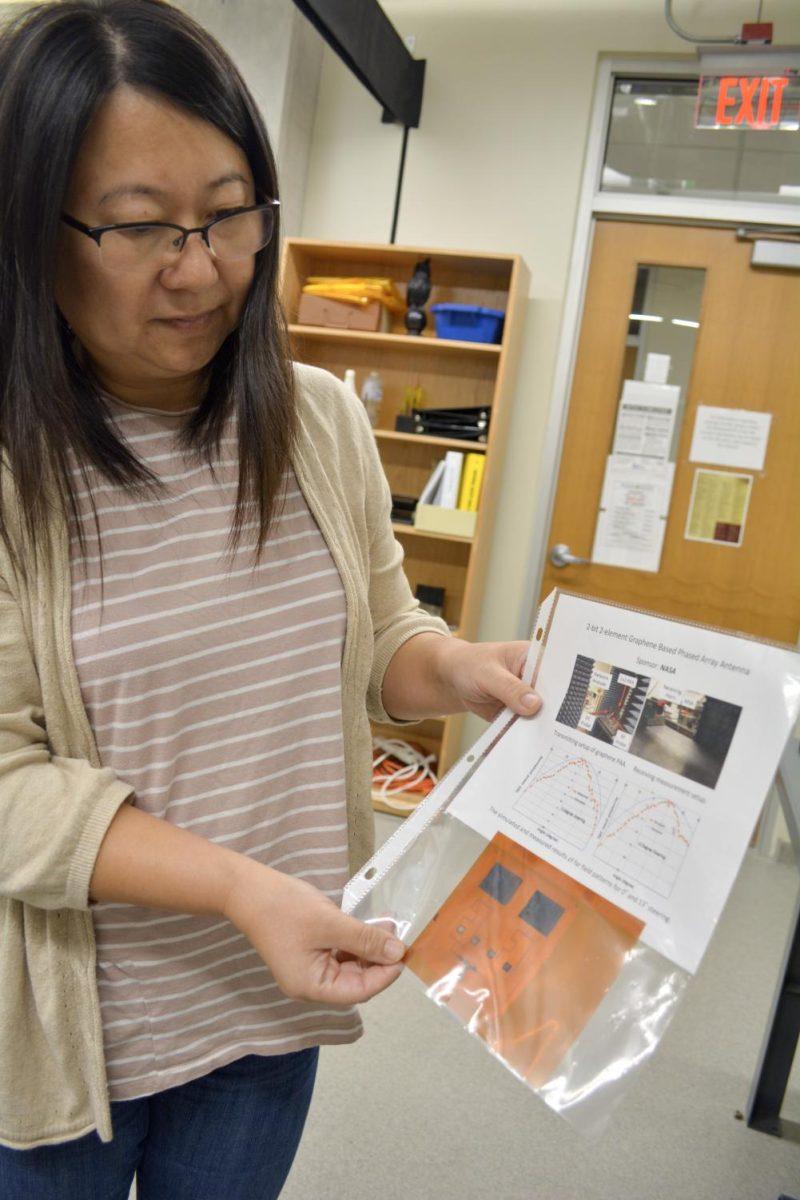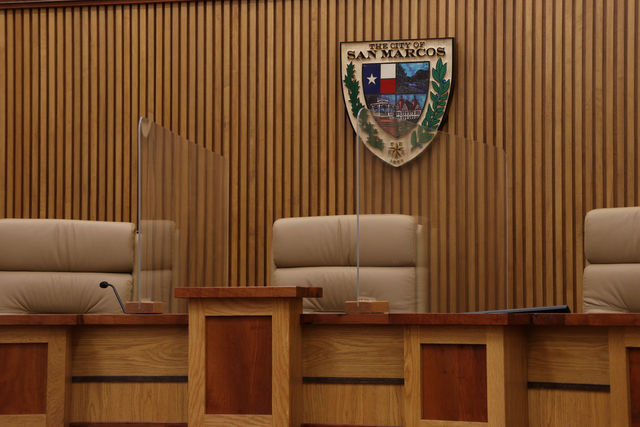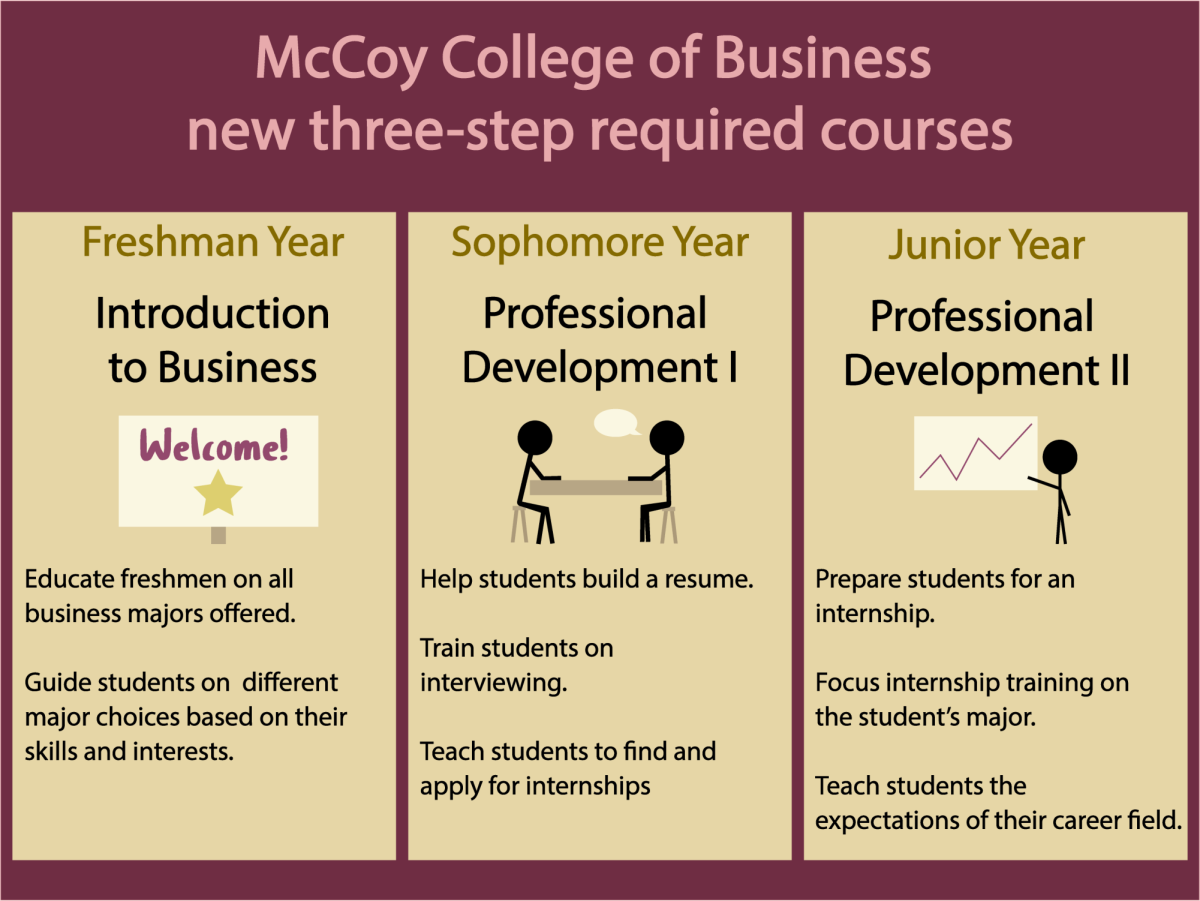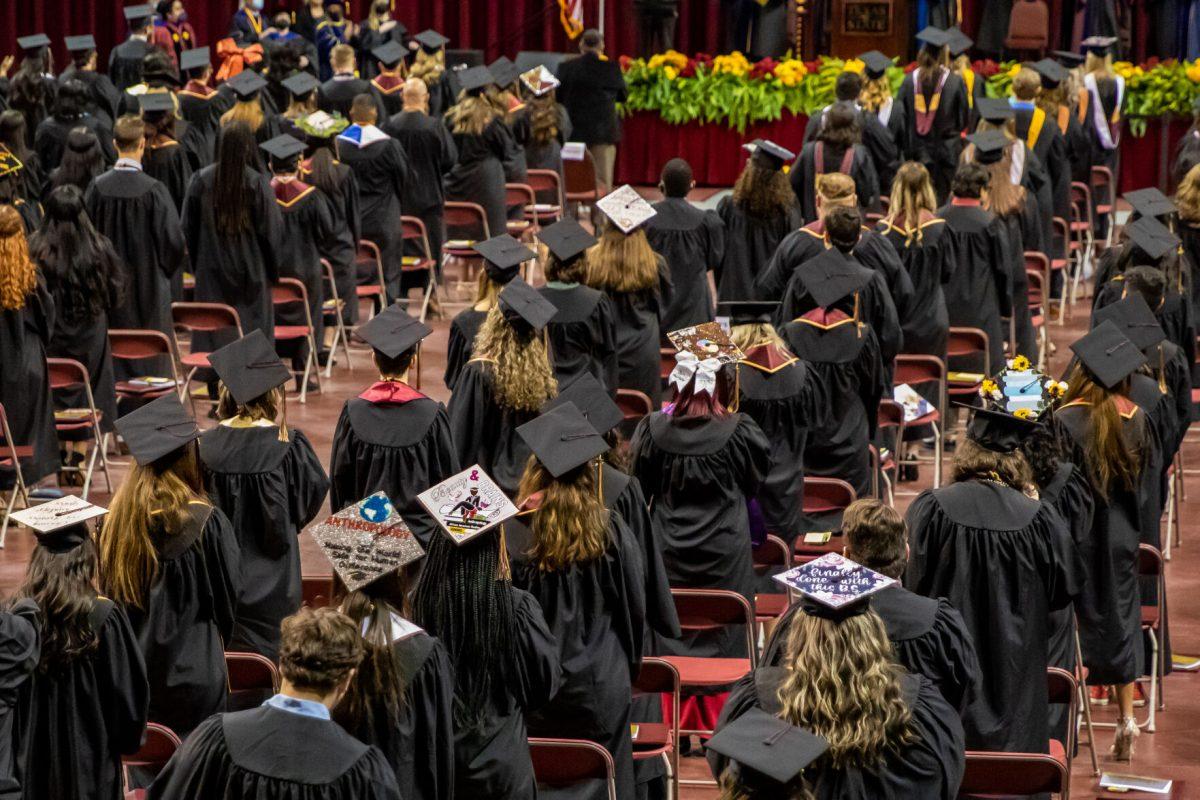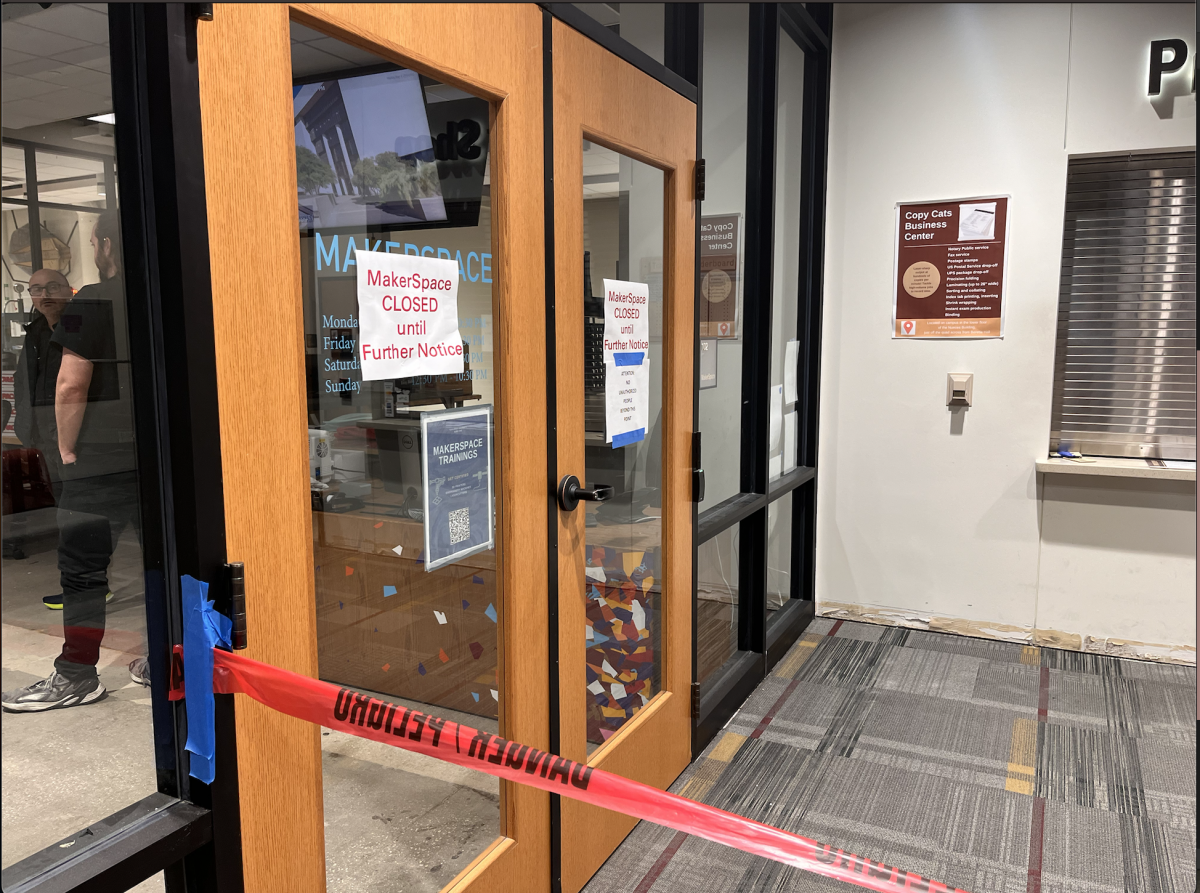Associate professor of engineering Dr. Maggie Chen has been researching and studying durable, flexible electronic circuits in hopes of creating new antennas for NASA space travel programs.
For the past 15 years, Chen and her students’ research has focused on finding the best metals to construct adaptable and advantageous antennas.
Texas State is among the few universities with access to the technology needed to develop specific antennas using “flexible electronics.” Chen said the ideal metal materials are low in cost, durable, flexible, small and compact.
“With the antennas, our goal is to reduce the volume and weight of the antennas and to provide and implement a more efficient approach to the use of antennas in space,” Chen said. “The idea is we roll the antennas up, launch a satellite into space and pop them back out when in space so they can communicate with the stations on the ground.”
Chen’s work and research are expected to eventually replace the common use of silver materials in antennas. Ideally, Chen’s 3D-printed antennas would use the semi-metal known as graphene—a one-atom-thick material—which is 200 times stronger than steel and lighter than paper.
Graphene is more resistant to oxidation than silver and resistant to degrading when bent. In anticipation of silver eventually becoming replaced, the use of graphene is one of the primary focuses in Chen’s lab.
Jacob Byrnes, engineering technology junior, said antennas are used from consumer electronics to aerospace companies to the medical field.
“Antennas are very commonly used pieces of technology and whenever they are improved, it can have a significant impact on the markets they are involved in,” Byrnes said. “Using graphene in electronics like antennas will certainly play a role in increasing the impact on markets because of its useful properties of being strong and cheap.”
Mahmuda Monne, Ph.D. student in materials science, engineering and commercialization program, said finding the right materials for the devices is key to the research.
“We are working with flexible electronics so it is important the material we use is able to bend,” Monne said. “Graphene is a material more advantageous over silver because it is stronger and more flexible than silver, which is regularly used in this kind of technology.”
According to Chen, the graphene-based, 3D-printed antennas have the potential to impact several markets due to the versatile uses in commercial and public areas of manufacturing. The applications potentially benefiting from this research include use as a flexible material in spacecraft, smart smartphones and various medical technology.
Chen said NASA manufacturers, along with other consumer electronics companies, are constantly looking to find low-cost, efficient material to use in products and projects. NASA especially wants lightweight and durable materials, as minimal amounts of surface area and weight in satellites and spacecraft help to increase the durability and survival of antennas outside of the earth’s atmosphere.
Chen expects her newly developed antennas will eventually find a profitable spot in aerospace and consumer electronics markets, given graphene is better on budgets than silver. The technology marketplace is often introduced new cheaper methods of production that make continuously make graphene easier to produce and sell.






